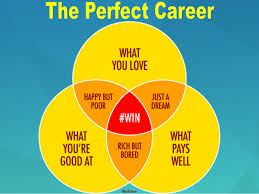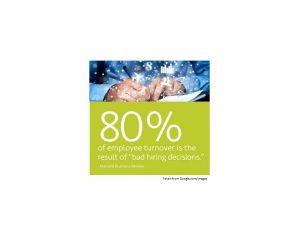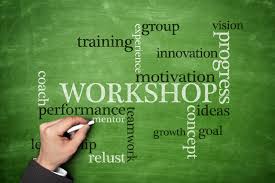As a business leader, it’s important now, more than ever, to have a well-defined selection process, regardless of your company’s size and revenues. Attracting the right people in a job market where job seekers have become more selective can make it more of a challenge to hire the best candidates. Remember, the right employees will help you build a sustainable and profitable company. The wrong ones will have you close the doors, lose a lot of money or have you wanting to leave your own company!
The challenge today is many job seekers have become critical of how a company recruits and selects the best ones. They are focused on your ability to communicate the company’s vision well, have written expectations and have transparency about who you are and what you do. They will also have their own questions that need to be asked and answered before joining your team.
7 Keys to Attract and Hire the Best
To shorten your time-to-hire, be on the lookout for great talent, anywhere and anytime. Invite them to apply at the time you talk with them.
1.Use an on-line applicant tracking system (ATS) that is easily accessed via mobile platforms. This will help you track those interested in working with you now and in the future. Stay in communication by inviting them to connect via social media. Review your application to ensure it is in compliance with local, state and federal statutes. For example, asking “Date of Birth” is not legal. Asking are you older than 18 is.
“70% of job seekers say the application process experience impacts their decision to accept a company’s position or not.” 2015 Hiring Trends, Jobvite, August 2015
2.Use a qualified direct-admissions core value assessment. Spending time interviewing someone with what appears to be great resume (most have over 71% inaccuracies), is a colossal time waster if they don’t possess the integrity and honesty (core values) you require. You will also overlook great candidates, with less impressive resumes, when not using this high-value, inexpensive tool.
3.Follow-Up and Follow-Through. First impressions impact a candidate’s interest in continuing in the company’s selection process. Immediately respond to their application and provide promised information. Stay in contact and provide candidates updates on the interview process via your ATS. Beware, these traits also impact their decision to buy your products and services!
4.Keep your social media fed proactively. Currently LinkedIn and Facebook are the leading venues used when searching for applicants! Use these media outlets to keep applicants interested by sharing PR posts; favorable employee comments; and other socially relevant interests to tell the story about your company.
“People are like icebergs: they only let you see what they want you to see – what you don’t see is more significant than what you do see!” John W. Howard, PhD
5.Job-fit is important. Use qualified assessments to ensure who you are talking with in the interview is the same person that shows up on the job! Hiring the best person the first time helps companies achieve their intended results faster and keeps other top performers.
6.Ask the right questions. (And, legal ones.) Ask questions focused on the job, work requirements, and other important considerations. Today’s applicants, specifically millennials, are savvier and pickier about who they will work for. Asking meaningless questions or those with an underlying intention of “analyzing” them usually will back fire. Use qualified core value and job fit assessments and ask the interview questions contained in those reports. Be prepared — gone are the days of “winging-it” and having one-sided interviews.
7.Job offers. Compensation is the top reason candidates will select your job offer over others. Younger employees only plan to stay for 1 to 3 years before finding their next job. To keep them, ensure they have a great boss, and interesting and challenging work. Keep your compensation, benefits and other perks up-to-date and meaningful to your employees.
By using the best selection process, you will attract the best.
©Jeannette Seibly, 2015
Jeannette Seibly has been a business advisor and facilitator for over 23 years; she guides the creation of new solutions for business challenges and is the author of Hire Amazing Employees (http://BizSavvyHire.com). Check out her website: http://SeibCo.com or contact Jeannette at http://SeibCo.com/contact




